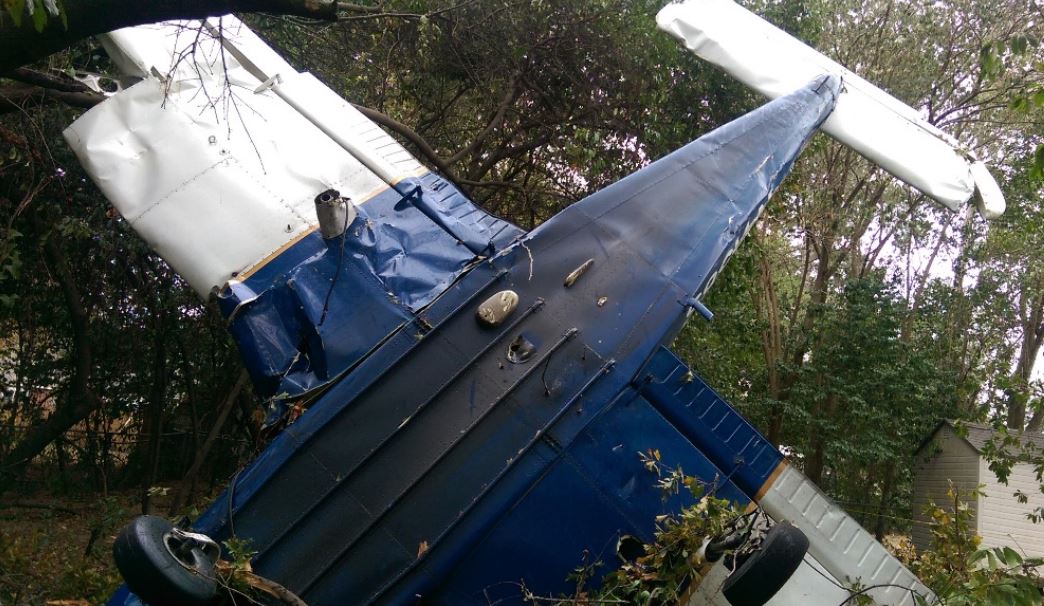
ASN Wikibase Occurrence # 191580
This information is added by users of ASN. Neither ASN nor the Flight Safety Foundation are responsible for the completeness or correctness of this information.
If you feel this information is incomplete or incorrect, you can submit corrected information.
| Date: | Wednesday 23 November 2016 |
| Time: | 18:03 |
| Type: |  Piper PA-28-140 Cherokee D |
| Owner/operator: | Private |
| Registration: | N41565 |
| MSN: | 28-7425260 |
| Year of manufacture: | 1974 |
| Total airframe hrs: | 6118 hours |
| Engine model: | Lycoming O-320-E3D |
| Fatalities: | Fatalities: 0 / Occupants: 2 |
| Aircraft damage: | Substantial |
| Category: | Accident |
| Location: | Muscogee County, Columbus, GA -
 United States of America United States of America
|
| Phase: | Take off |
| Nature: | Training |
| Departure airport: | Columbus, GA (CSG) |
| Columbus, GA (CSG) | |
| Investigating agency: | NTSB |
| Confidence Rating: |
The flight instructor reported that ground operations were normal and that he observed 18 gallons of fuel in each wing tank. The engine started normally, and the magneto checks were within limits. During the initial climb after takeoff, about 1 mile past the departure end of the runway, the engine vibrated and experienced a total loss of power. He assumed the controls from the pilot receiving instruction, and confirmed the fuel selector position, checked to ensure the fuel pump was on, and turned on the carburetor heat. The engine did not regain power, and the airplane continued straight ahead until it settled into trees.
Examination of the airframe and engine did not reveal evidence of any preaccident malfunctions or failures that would have precluded normal operation. The fuel tanks were breached during the accident sequence. The atmospheric conditions at the time of the accident were conducive to serious icing at glide power. However, given that the engine did not respond after the application of carburetor heat and it was operating at takeoff power, it is unlikely that the loss of engine power was due to carburetor icing. The reason for the loss of engine power could not be determined.
Probable Cause: A total loss of engine power during initial climb for reasons that could not be determined because postaccident examination of the airframe and engine revealed no evidence of any anomalies that would have precluded normal operation.
Accident investigation:
 |
|
Sources:
NTSB
FAA register: http://registry.faa.gov/aircraftinquiry/NNum_Results.aspx?NNumbertxt=N41565
Location
Images:

Photo: FAA
Revision history:
| Date/time | Contributor | Updates |
|---|---|---|
| 24-Nov-2016 05:29 | Geno | Added |
| 24-Nov-2016 11:55 | RobertMB | Updated [Aircraft type] |
| 08-Mar-2018 11:24 | ASN Update Bot | Updated [Time, Operator, Nature, Departure airport, Destination airport, Source, Narrative] |
| 08-Mar-2018 11:29 | harro | Updated [Source, Narrative, Photo, ] |
Corrections or additions? ... Edit this accident description
The Aviation Safety Network is an exclusive service provided by:


 ©2024 Flight Safety Foundation
©2024 Flight Safety Foundation